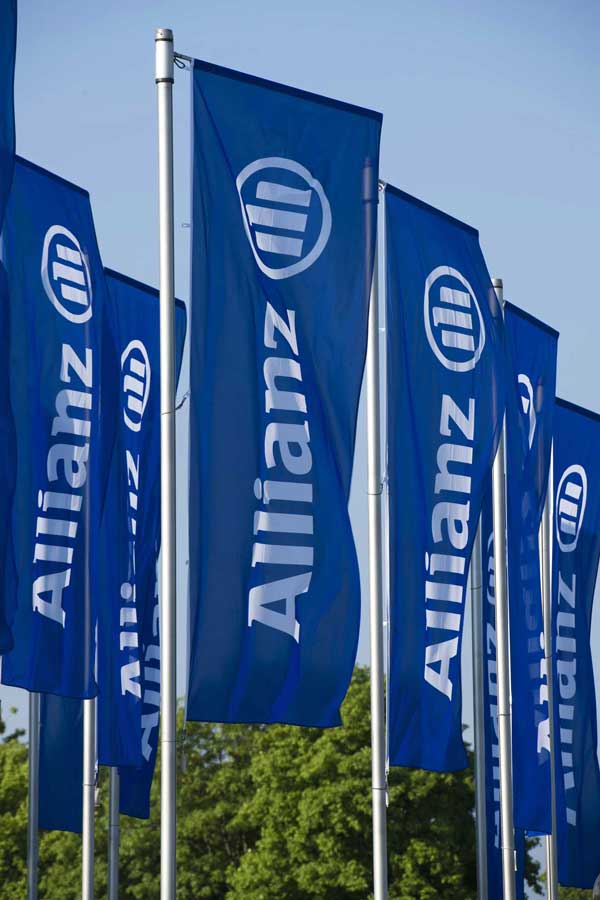Top Water Conservation Tips for Urban SMEs
Table of Contents

Why Urban SMEs Need to Conserve Water
Tips for Reducing Water Usage
Urban SMEs can make a meaningful impact on their water management with straightforward, practical steps. Below are detailed tips to help you get started:
1. Fix Leaks Promptly
Why it matters: A dripping tap or leaking pipe may seem minor, but even a small leak can waste thousands of litres annually, driving up costs.
What to do:
- Conduct regular inspections of plumbing, including pipes, faucets, and fixtures, to spot leaks early.
- Use dye tablets in toilet tanks to check for silent leaks (if the color appears in the bowl without flushing, you have a leak).
- Maintain a schedule for professional plumbing checks if your business has an older infrastructure.
2. Install Low-Flow Fixtures
Why it matters: Low-flow technology can cut water usage by up to 50%, reducing both water bills and your environmental footprint.
What to do:
- Replace traditional faucets, showerheads, and toilets with WaterSense-certified low-flow alternatives.
- Look for adjustable flow-rate options to customize water pressure without compromising performance.
- In employee restrooms, consider touchless faucets to minimize waste caused by manual handling.
3. Optimise Equipment and Processes
Why it matters: Equipment inefficiencies are a hidden source of water waste in many businesses, from restaurants to manufacturing.
What to do:
- Calibrate water-using equipment like dishwashers, washing machines, and cooling systems to their most efficient settings.
- Use high-efficiency appliances with a focus on water conservation. Many modern models are designed to use significantly less water per cycle.
- In manufacturing, explore closed-loop systems that recycle water within the process.
4. Reduce Unnecessary Usage
Why it matters: Many businesses unknowingly waste water through outdated habits or inefficient cleaning practices.
What to do:
- Encourage employees to turn off taps when not in use (e.g., while washing hands or dishes).
- Limit water usage in landscaping by opting for drought-resistant plants or using mulch to retain soil moisture.
- Adjust cleaning schedules to avoid excessive water use, and switch to tools like mops or squeegees that require less water than traditional hoses.
5. Monitor and Track Water Usage
Why it matters: You can’t improve what you don’t measure. Tracking usage helps identify patterns and uncover hidden waste.
What to do:
- Review your water bills over time to spot trends or spikes in consumption.
- Install water meters to monitor use at specific points in your business, such as kitchens, restrooms, or production areas.
- Use smart water monitoring systems for real-time data and alerts when usage exceeds expected levels.
Example: PepsiCo has been a leader in water management. Between 2011 and 2015, the company saved over $80 million through water conservation efforts such as optimizing processes and reusing water across its operations. See more case studies here.
See more financial benefits of water conservation for SMEs here.
How SMEs Can Maximise Water Efficiency with Technology
Incorporating technology into water management is a game-changer for SMEs, offering precision, efficiency, and significant cost savings. Here’s how your business can leverage technology to maximise water efficiency:
1. Smart Water Meters
Smart water meters provide real-time data on water usage, helping businesses identify inefficiencies, monitor consumption trends, and detect abnormalities such as leaks or unexpected surges in usage.
Benefits:
- Accurate tracking allows for more informed decision-making.
- Early leak detection prevents water loss and reduces repair costs.
- Customisable alerts keep you updated on water usage even when off-site.
How to get started: Look for systems that integrate with cloud-based dashboards for easy monitoring and ensure compatibility with existing infrastructure.
2. Internet of Things (IoT) Solutions
IoT-enabled devices connect water systems to the internet, allowing remote monitoring and control. These solutions can automate irrigation schedules, optimise water flow in manufacturing processes, and even adjust water use based on environmental conditions.
Benefits:
- Automation ensures consistent and efficient water use without manual intervention.
- Data-driven insights help refine long-term water-saving strategies.
- Integration with energy systems can compound efficiency gains.
How to get started: Identify specific areas where automation could reduce waste and consult with IoT solution providers for tailored recommendations.
3. Water-Efficient Appliances
Modern appliances, such as dishwashers, washing machines, and cooling systems, are designed to use less water without compromising performance.
Benefits:
- Significant reductions in water use for day-to-day operations.
- Lower energy consumption, as these appliances often use less hot water.
- Potential eligibility for rebates or incentives for using certified water-efficient products.
How to get started: Look for appliances with certifications such as WaterSense or ENERGY STAR, and calculate the potential ROI based on reduced utility costs.
4. Automated Irrigation Systems
These systems use sensors to monitor soil moisture levels and weather conditions, watering only when necessary.
Benefits:
- Eliminates overwatering, which is a common cause of waste.
- Ideal for SMEs with landscaping, such as hotels, restaurants, or retail spaces.
- Reduces labour costs associated with manual irrigation.
How to get started: Install sensors in landscaped areas and connect them to automated watering systems. Many providers offer systems that integrate with smart home or business platforms.
5. Advanced Leak Detection Systems
Using AI and machine learning, advanced leak detection systems can identify leaks deep within pipelines or hard-to-reach areas.
Benefits:
- Early detection prevents costly water damage.
- Reduces water loss from undetected leaks, which can account for up to 30% of water use in older facilities.
- Minimises downtime caused by significant plumbing repairs.
How to get started: Assess your plumbing network’s complexity and choose a system compatible with your size and industry.
6. Greywater Recycling Technologies
Greywater systems capture water from sinks, showers, and other non-toilet uses, treat it, and redirect it for irrigation or non-potable purposes.
Benefits:
- Substantially reduces reliance on fresh water.
- Helps businesses comply with water usage restrictions in urban areas.
- Demonstrates environmental commitment to clients and customers.
How to get started: Consult with professionals to determine the feasibility of greywater recycling for your operations.
How to Engage Employees in Water Conservation
A successful conservation strategy requires employee participation:
1. Awareness Campaigns: Educate staff on the importance of water-saving practices through workshops or posters in shared spaces.
2. Incentives: Reward employees for innovative ideas or noticeable reductions in water use.
3. Behavioural Changes: Encourage habits like reporting leaks, using water mindfully, and adopting eco-friendly practices in the workplace.
How to Leverage Local Resources for Water Conservation
Urban areas often offer programs to support water efficiency. Take advantage of these opportunities:
1. Government Rebates: Many city governments provide incentives for installing water-efficient systems or retrofitting older infrastructure.
2. Community Partnerships: Collaborate with local organizations to share resources or develop joint water-saving initiatives.
3. Consult Experts: Sustainability consultants or local water boards can provide tailored advice for urban SMEs.
Why Water Conservation Matters for Urban SMEs
Using water conservation strategies helps reduce costs and shows your business cares about the environment, which appeals to customers and stakeholders. Start with simple, quick fixes and gradually adopt advanced technologies and involve employees in conservation efforts. By focusing on water efficiency, urban SMEs can grow successfully while supporting a sustainable future.
Head over to our Water Hub for more information on conservation and how to complete a water audit for your business. Use our SME Water Checklist to assess your current usage and discover practical steps to improve water efficiency.
SME checklists:
Water Hub













